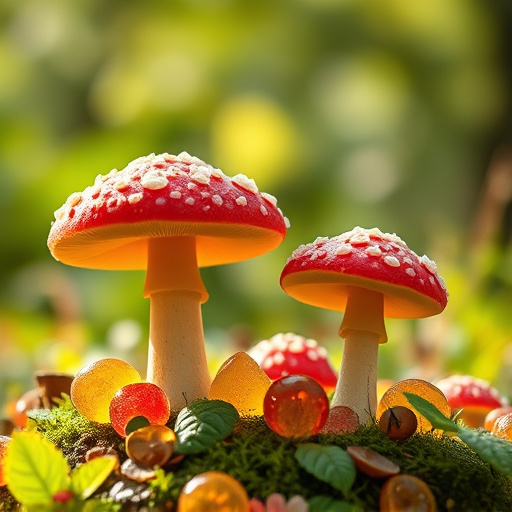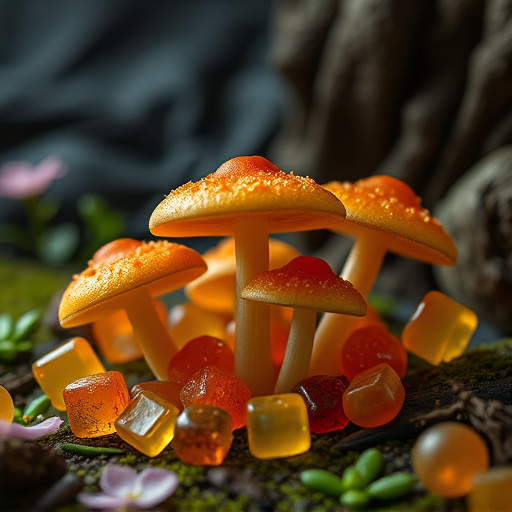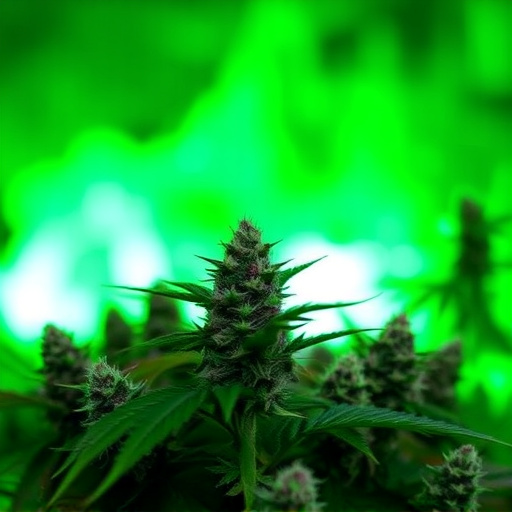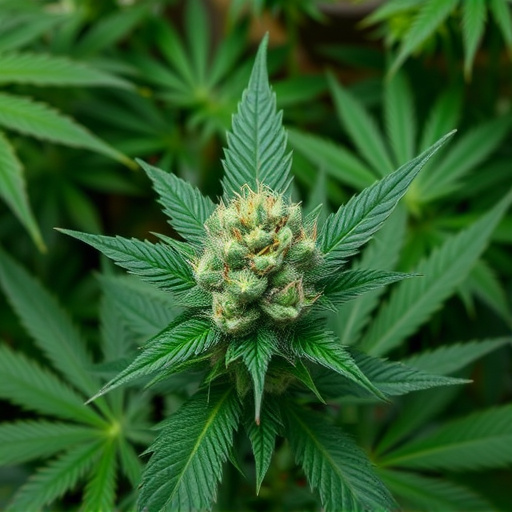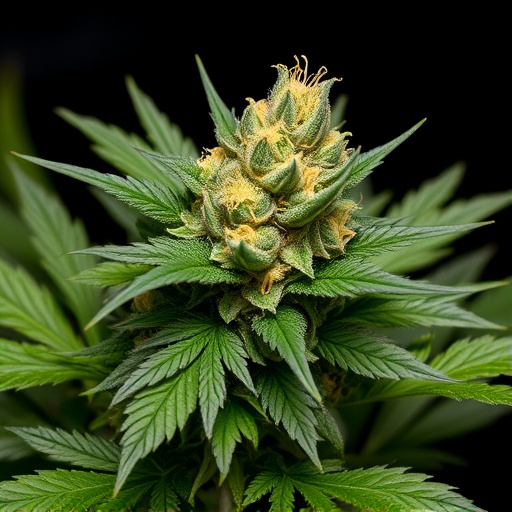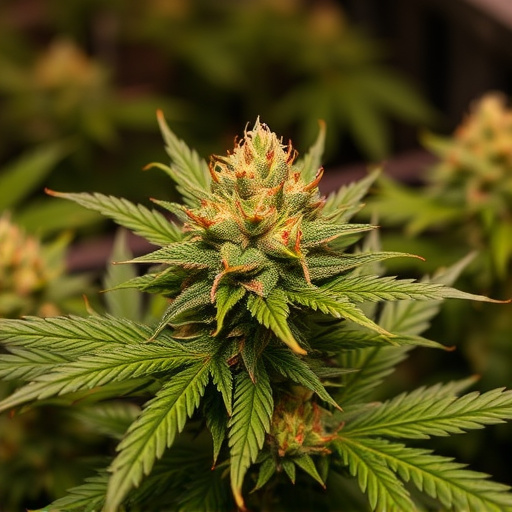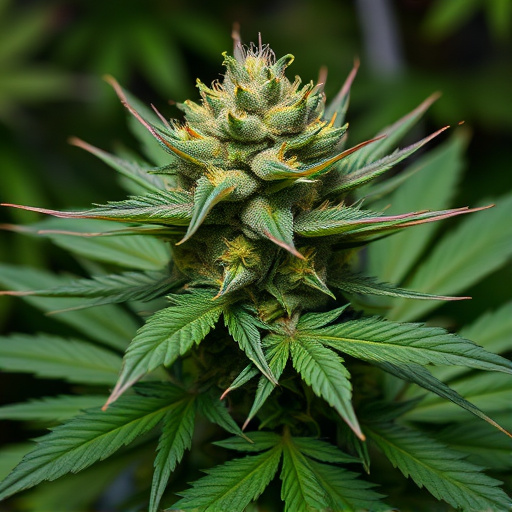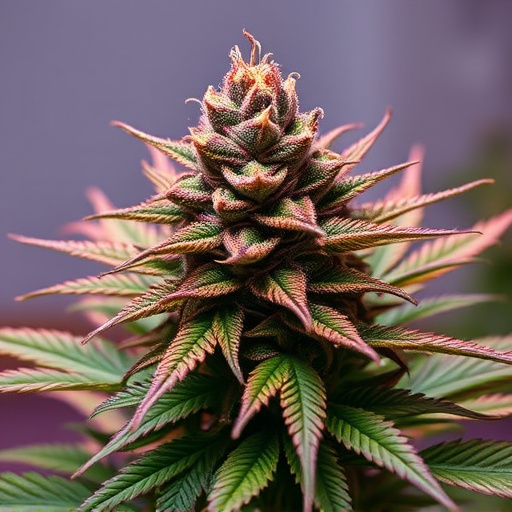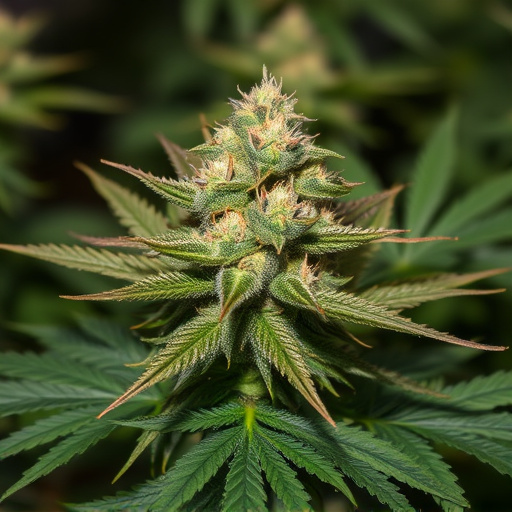The distinctive aroma of cannabis flowers results from the interplay of volatile organic compounds (VOCs), terpenes, and cannabinoids, creating scents ranging from citrusy to earthy. Terpenes, with over 100 identified types, are crucial for the plant's defense and reproduction, contributing to the diverse aromas of different potent cannabis strains. Cannabinoids like THC and CBD also play a significant role in defining these fragrances; higher THC levels generally result in more intense scents. Balanced strains offering a blend of familiar and subtle aromas are favored by cannabis enthusiasts seeking both potent effects and enriching sensory experiences.
Cannabis flowers are renowned for their intense and distinctive aromas, which have captivated users for centuries. But why do they smell so strong? This article delves into the multifaceted world of cannabis scent, exploring its chemical composition, genetic origins, and environmental influences. We uncover how terpenes and cannabinoids work in harmony to create unique fragrances, while also shedding light on the role of breeding in developing potent cannabis strains known for their captivating scents.
- Chemical Composition of Cannabis Flowers
- – Terpenes and their role in scent
- – Cannabinoids: THC and CBD levels affecting smell
Chemical Composition of Cannabis Flowers
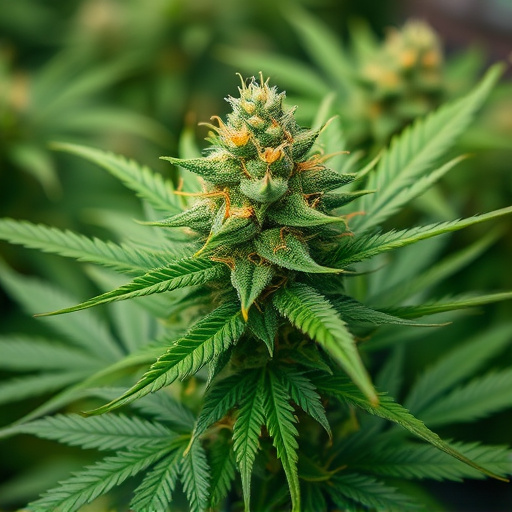
The distinctive and often powerful aroma of cannabis flowers is a result of their unique chemical composition. Cannabis plants produce a diverse range of volatile organic compounds (VOCs) that contribute to its characteristic scent. These compounds, including terpenes and cannabinoids, are responsible for both the smell and the effects of different potencies in potent cannabis strains.
Terpenes, known for their fragrant properties in various plants, play a significant role in the aroma profile of cannabis. Different terpenes create distinct scents, from citrusy and floral to earthy and spicy notes. Cannabinoids, such as THC (tetrahydrocannabinol) and CBD (cannabidiol), also contribute to the smell and are key players in the plant’s psychological and medicinal effects. The complex interplay of these chemicals not only makes cannabis flowers highly recognizable but also influences their potency and perceived strength.
– Terpenes and their role in scent
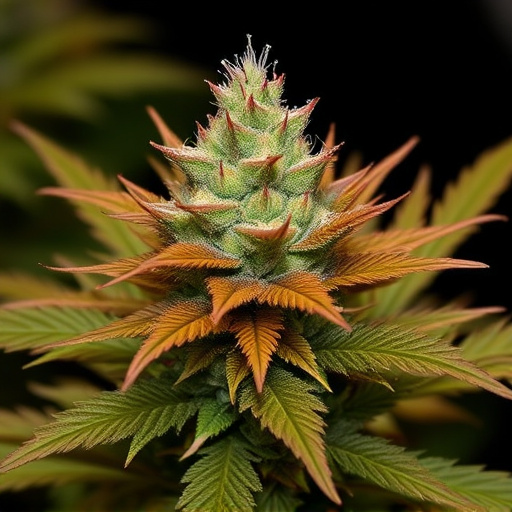
Cannabis flowers emit their distinctive aroma thanks to a diverse range of chemical compounds known as terpenes. These aromatic molecules are produced by the plant as part of its natural defense mechanisms and play a crucial role in attracting pollinators, repelling predators, and signaling compatibility with other plants for reproduction. Terpenes not only contribute to the characteristic scent of different potent cannabis strains but also offer potential therapeutic benefits. With over 100 different types identified in cannabis, each terpene imparts unique scents, ranging from citrusy and fruity to earthy and musky. Their complex interactions create the diverse aromas we experience in various potent cannabis strains, making them an essential component in the cannabis user’s sensory journey.
– Cannabinoids: THC and CBD levels affecting smell
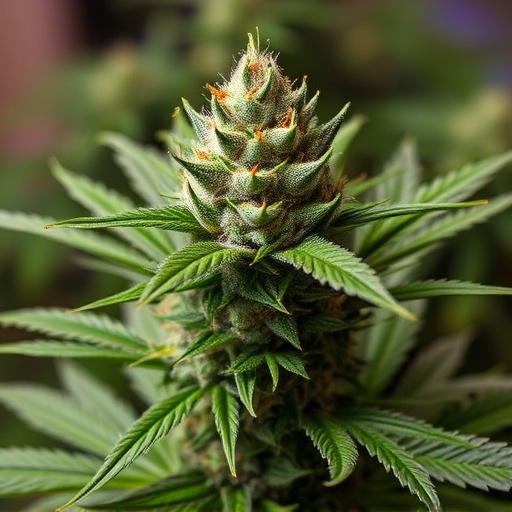
Cannabis flowers emit their distinctive aromas due in large part to the presence of powerful chemical compounds known as cannabinoids. Two of the most well-known and abundant cannabinoids are Tetrahydrocannabinol (THC) and Cannabidiol (CBD). THC is primarily responsible for the intoxicating effects associated with cannabis, while CBD has gained attention for its potential therapeutic benefits. The strength and uniqueness of a cannabis strain’s smell can be directly attributed to the varying concentrations of these cannabinoids.
Potent cannabis strains often have higher THC levels, which can lead to more intense and noticeable scents. As THC interacts with the olfactory receptors in our noses, it contributes to the pungency perceived by users. Conversely, CBD, while not as fragrant as THC on its own, can sometimes enhance or modify the overall aroma profile. Certain strains that possess a balanced mix of both cannabinoids may offer a delightful blend of familiar and subtle scents, making them particularly desirable for cannabis enthusiasts who appreciate the sensory experience as much as the effects.
The strong scent of cannabis flowers is a result of its complex chemical composition, primarily attributed to terpenes and cannabinoids. Terpenes, aromatic compounds, contribute significantly to the diverse aromas we associate with different potents cannabis strains. Meanwhile, cannabinoids like THC and CBD play a role in enhancing or modifying these scents. Understanding this interplay offers insights into why certain potent cannabis strains have distinct smells and how these aromas can vary widely among different varieties.
